Electronic skin makes your body a computer
(CNN)A patch of gold, just a few centimeters wide and light as a feather, could reveal your innermost thoughts and feelings.
This is the premise of Professor John Rogers' Biostamp. By attaching flexible, miniature sensors to the user's temple, he has been able to track brain waves in real time and transmit them as messages.
"Our prototypes can provide a variety of monitoring and stimulation functions," says materials scientist Rogers of the University of Illinois at Urbana Champaign. "We can pick up coordinated firing of neurons, and run that activity through a computer spelling interface, so that brainwaves pick letters out of a virtual keyboard display and type messages."
Previously, such signals could only be detected by using a full helmet of heavy electrodes, which required the patient's skin to be scrubbed, and could only be worn safely for a short time.
Rogers' patch is light enough to be almost imperceptible, allowing for lengthy use even outside of the lab, so that the equipment is trained to pick up signals more accurately.
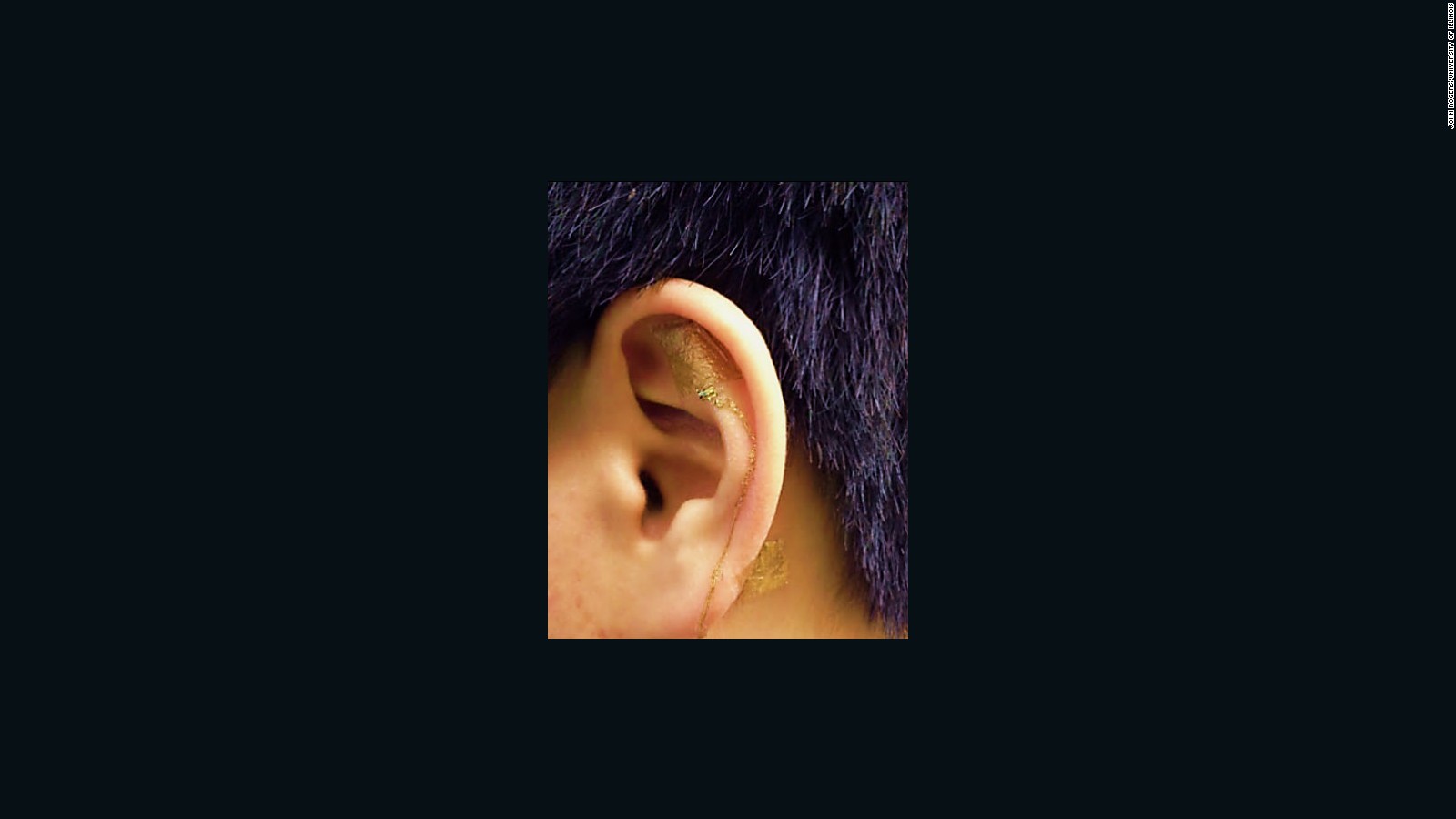
Barely-there electronics pick up brain activity.
The no-strings approach also eliminates background noise that obscures signals and creates positional uncertainty. For even greater accuracy, the Illinois team are using increasingly high-density electrodes that generate thousands of times more brain activity information.
The immediate targets are two ground-breaking medical applications. One is to measure the brain waves associated with seizures in epileptic patients, flagging up issues before the point of crisis. The other is to monitor sleep patterns for disorders and other insights, which had been impossible with the traditional heavy hardware.
Anytime, Anywhere
The brain is just the latest and most ambitious target. Since Rogers invented the Biostamp to great fanfare in 2011, it has been used all over the body to measure heartbeat, temperature and other vital signs. They have been adapted by Reebok to monitor the force of impacts in sport, by L'Oreal to track skin hydration, and the US military to monitor the condition of soldiers.
'Biocompatible' devices are even being tested inside the body. The emerging field of electroceuticals offers the possibility of treatment as well as diagnosis, using targeted electronic stimulation as an alternative to drugs, a potentially revolutionary approach that can be applied to many organ problems.
The Illinois researchers have inserted electronics into the pelvic nerve to address bladder dysfunction, and on the surface of the heart to play the role of advanced pacemaker. They have also engineered stamps to dissolve safely inside the body after a set period of time.
Trials are limited to rodents currently, while researchers work through the safety hurdles that would allow the technology to be used on humans. Rogers acknowledges some risk in introducing foreign elements to the body, but is convinced this represents the path forward.
"The history of electronics is about getting closer to the individual. At first it was a computer down the hall, followed by a desktop, then a laptop, a phone in your pocket and a watch on your wrist. Now it could be electronics integrated the skin, bioelectronics, and fully implantable devices. To go fully into the realm of integrated electronics makes sense to me."
Key to this progress is a paradigm shift in electronics from rigid boards to soft and flexible devices that the human body can accommodate, and the Biostamp represents several adaptability breakthroughs.
Rogers' team removed the boards from circuits, which allowed them to miniaturize the components to nanoscale for a comfortable wearing experience. They succeeded in creating a device that could retain form and function even when stretched out of shape, and is completely waterproof so it can work on or under the skin.
One feature that has been difficult to shrink and stretch is the power source. Batteries have not progressed as rapidly as electrodes, leaving Rogers with either a limited lifespan for the stamp, an innovation for wireless harnessing of energy, or even using the body as the fuel source.
"It comes down to how much power your device needs. We have used body motion. For implant devices on the heart there is a constant source of mechanical power that can generate microwatts. But for outside the body you have to think how continuous the mechanical energy would be. The motion of legs and arms is an option...it is continued research not a slam dunk answer."
Emerging possibilities, even for superheroes
From the original Biostamp in 2011, Rogers' lab have filed over 100 related patents, leading to the establishment of multiple new companies, the most prolific of which -- MC10 -- has received over $60 million in private funding.
Research into electronic skin has become a global phenomenon from the University of Tokyo producing "unbreakable" circuits, to the Liebniz Institute producing sensors that detect magnetic fields, and the University of Nebraska-Lincoln creating specialized equipment to detect Breast Cancer. Google is also getting in on the act.
Professor Todd Coleman -- a former student of Rogers' -- is among those developing variations on the Biostamp at his Neural Interaction Lab at the University College San Diego. The lab works on medical projects such as identifying brain damage in premature babies, as well as entertainment possibilities.

Professor Todd Coleman wearing a 'Biostamp.'
"Some people are infatuated with the idea of using brain signals in experiences such as dating, or to augment gaming experiences," says Coleman. His team have been able to harness brain waves to pilot drones through heavy electrodes, and is developing the means to have a Biostamp perform the same function.
Coleman recently launched the commercial startupNeuroverse in partnership with neurobiologist Ricardo Gil da Costa, which demonstrated the entertainment possibilities in a 2014 collaboration with Marvel Comics. The scientists designed a brain-computer interface (BCI) for the Avengers S.T.A.T.I.O.N exhibition in New York that allowed gamers to become superhero characters and have their brain waves converted into spectacular actions.
For a better you
If such interfaces are accessible enough for non-specialists to use and understand, we may be entering a new era of personal responsibility for health and lifestyle.
"We need to ensure that these devices ultimately help people to live healthy lives and make better decisions," says Coleman. "Are doctors going to look at them remotely, or will they allow lifestyle modification without a doctor? How do we build an approach in which people change their lives based on the information their getting?"
The public reaction to electronic skin technologies has been mixed, from the enthusiasm of gamers and early-adopters, to scepticism from privacy advocates concerned that we may lose control of sensitive personal data. But the investment and research is rapidly accelerating, and even the aesthetics are now being addressed through the development of jewelry and skin-mounted LED screens.
Jawbones and Fitbits could soon be outdated, with wearable technology just a prelude to full integration.





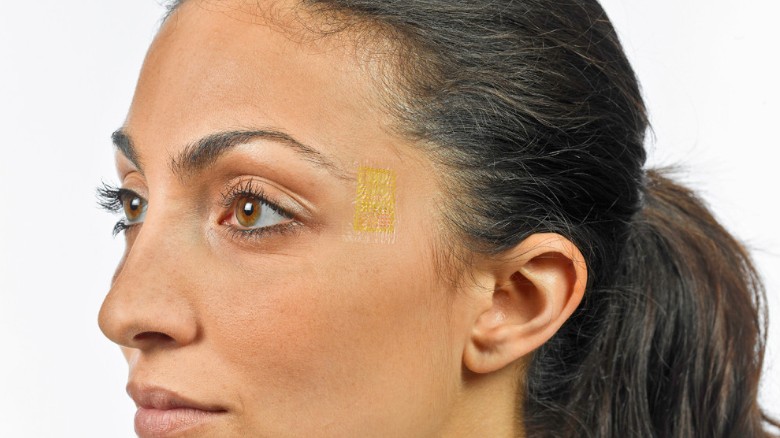




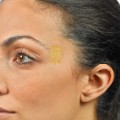
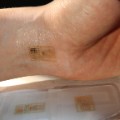

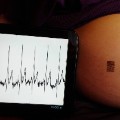
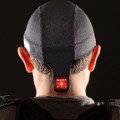
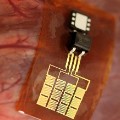

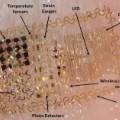
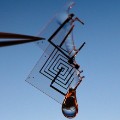
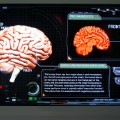
No comments:
Post a Comment